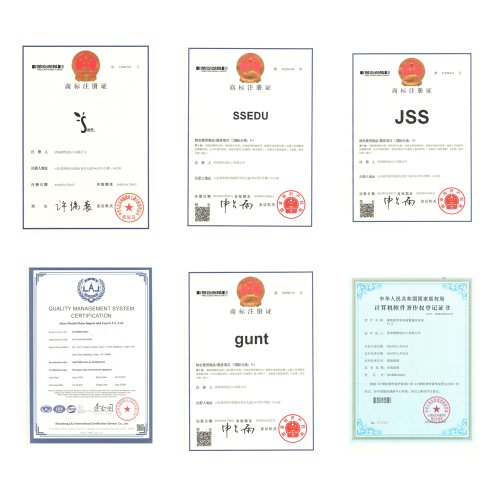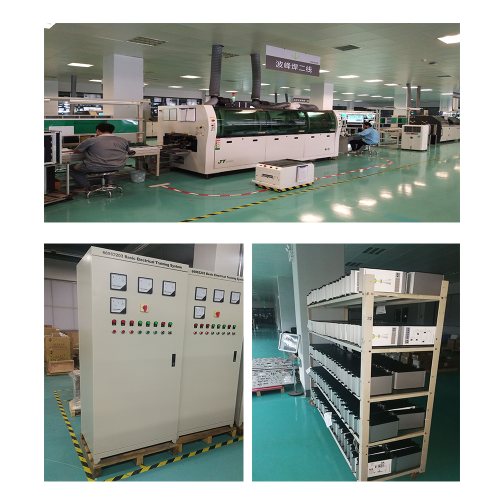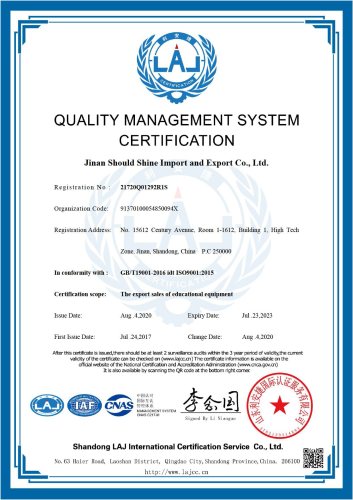Whatsapp: 0086-15153106200
E-mail: admin@minrry.com Description
• investigation of the operating behaviour of centrifugal, piston and side-channel pumps
• all pumps driven separately by three-phase AC motors
• centrifugal pumps can be operated in series or parallel configuration
The experiments familiarise students with various pump types, such as centrifugal and positive-displacement pumps.

The HM 362 trainer includes two centrifugal pumps, one piston pump as a positive-displacement pump and a self-priming side-channel pump. The side-channel pump works primarily as a centrifugal pump and, depending on liquid level, can also act as a positive-displacement pump. This means, as a special feature,the side-channel pump also permits gases to be pumped.
The pump being investigated pumps water in a closed circuit. In the process, the performance data of the pump and pressure losses in the pipeline are recorded. The centrifugal pumps can also be operated in parallel or in series configuration. Each pump is driven by a separate three-phase AC motor. The speed of the motors for the centrifugal pumps is variably adjustable by a frequency converter. All motors are mounted on swivel bearings, so the torque can be measured by way of a force sensor, enabling the mechanical drive power output to be determined.

One free position is likewise equipped with a reversible three-phase AC motor with variable speed. This position can be used for mounting of any pump.
Experiments demonstrate the basic operating behaviour of various pump types.
Relevant measured values can be read on digital displays. At the same time, the measured values can also be transmitted directly to a PC via USB. The data acquisition software is included. The performance data of the pump and losses in the pipeline are calculated by the software and represented by characteristic curves. The operating point of the pump can be determined from these characteristics.
Learning objectives/experiments
• investigation and comparison of the operating behaviour of various pump types:
· centrifugal pumps
· piston pump (positive-displacement pump)

· side-channel pump
• recording a pump characteristic curve
• recording a system characteristic curve
• determining efficiency
• investigation and comparison of parallel and series configuration of centrifugal pumps
• comparison of pump types
Specification
[1] experiments relating to key issues in pump engineering
[2] comparison of various pump types: centrifugal pump, piston pump, side-channel pump
[3] operation of centrifugal pumps in parallel or series configuration
[4] free position for additional pump
[5] three-phase AC motors for centrifugal pumps and additional motor with variable speed by frequency converter
[6] GUNT software for data acquisition via USB under

Windows 7, 8.1, 10
Technical data
Centrifugal pump 2x
• max. flow rate (Q): 300L/min
• max. head (H): 16,9m
• nominal speed: 2900min-1
Three-phase AC motor 2x, for centrifugal pump
• power output: 1,1kW
Side-channel pump, self-priming, one-stage
• Q: 83,3L/min, H: 50m
• nominal speed: 1450min-1

Three-phase AC motor for side-channel pump
• power output: 1,1kW
Piston pump
• Q: 17L/min, H: 60m
• nominal speed: 405min-1
Three-phase AC motor for piston pump
• power output: 0,55kW
Three-phase AC motor, additional motor, reversible
• power output: 0,75kW
• speed range: 750…3000min-1
Measuring ranges
• flow rate: 0…500L/min
• pressure (inlet): -1…1,5bar
• pressure (outlet): 0…10bar
• torque: 0…15Nm
• speed: 0…3000min -1

• pump electrical power consumption: 0…2kW
400V, 50Hz, 3 phases
400V, 60Hz, 3 phases
230V, 60Hz, 3 phases
LxWxH: 2860x1200x1960mm
Weight: approx. 430kg
Required for operation
PC with Windows recommended
Scope of delivery
trainer, 1 GUNT software CD + USB cable, 1 set of instructional material
